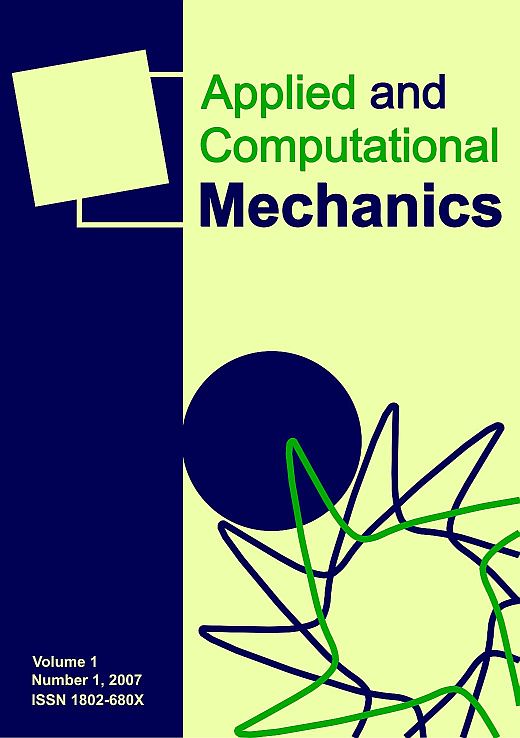Numerical investigations on high-speed turbo-compressor rotor systems with air ring bearings: Nonlinear vibration behavior and optimization
DOI:
https://doi.org/10.24132/acm.2023.836Keywords:
air ring bearing, nonlinear rotor dynamics, co-simulation model, optimizationAbstract
Regarding aerodynamic bearings, mainly two basic types can be distinguished: air bearings with a rigid housing and air foil bearings with an elastic supporting structure. Here, a modified bearing concept -- called air ring bearing -- is investigated, which may be considered as a further development of rigid air bearings or as a combination of the two basic bearing types. The idea of air ring bearings is to insert a ring-shaped bearing bushing between the shaft and the foil structure. Alternatively, a visco-elastic supporting structure (e.g., an elastomer) can be applied to connect the bushing ring with the housing. In the first case, external dissipation is mainly generated by dry friction. In the latter case, viscous damping is used to provide external dissipation. Due to the external friction/damping generated by the ring mounting structure, rotor systems with air ring bearings can be operated above the linear threshold speed of instability so that stable self-excited vibrations with moderate amplitudes can be achieved in the complete speed range. Here, a detailed transient co-simulation model for rotor systems with air ring bearings is presented. The rotor is represented by a multibody model. The air films of the two bearings are represented by two nonlinear time-dependent finite element systems. The multibody model and the two finite element subsystems are solved simultaneously by means of an explicit sequential co-simulation technique. Due to the strong nonlinearities, the system shows interesting vibration and bifurcation effects, which are investigated in detail with the help of run-up simulations.Downloads
Published
31-Dec-2023
Issue
Section
Articles
License
Copyright (c) 2023 Applied and Computational Mechanics

This work is licensed under a Creative Commons Attribution 4.0 International License.
How to Cite
“Numerical investigations on high-speed turbo-compressor rotor systems with air ring bearings: Nonlinear vibration behavior and optimization” (2023) Applied and Computational Mechanics, 17(2). doi:10.24132/acm.2023.836.







